Tungsten Mining Method & Cost
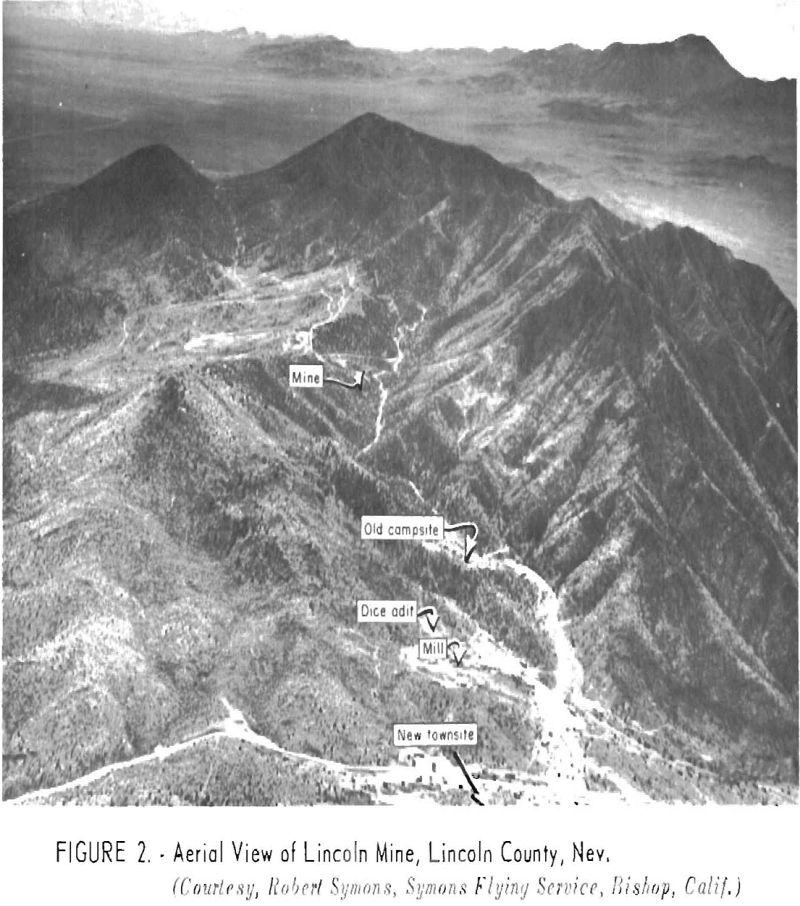
The principal ore deposits occur in the bands and isolated pods of tactite adjacent to the granite on the west side of the south stock. The tactite bodies exposed around the north stock are narrow and discontinuous, although one series of lenses on the northeast side has a total length of 400 feet and averages […]
How to Improve & Aid Slurry Filtration by Flocculation
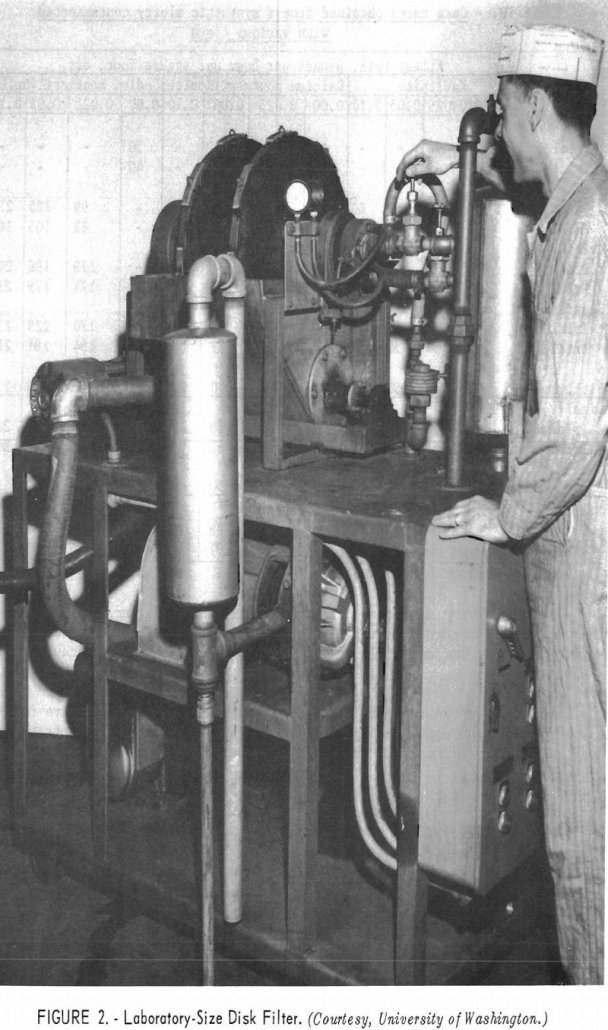
The experimental results appear to support two principal conclusions: First, the three natural and three synthetic slurries tested all exhibited individual filtration characteristics and individual flocculation properties; moreover, their behavior was not related directly to either size composition or ash content. Thus each slurry must be evaluated individually in predicting the possible benefits of fIocculation. […]
Gypsum Mining Method & Cost
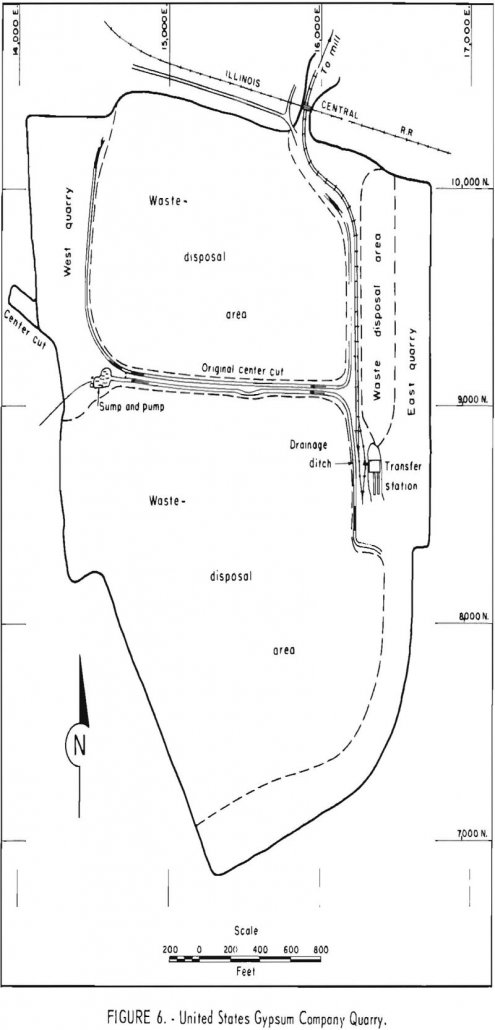
Gypsum and its products are economical materials in their respective fields. Lime and hydraulic cement plasters compete to a limited extent with gypsum in the plaster field. Lime is used today in construction, chiefly as an ingredient in the finish coat over gypsum-plaster base coats. Gypsum plaster is mixed with water and aggregates, such as […]
Fluorescent Spectrographs Analysis
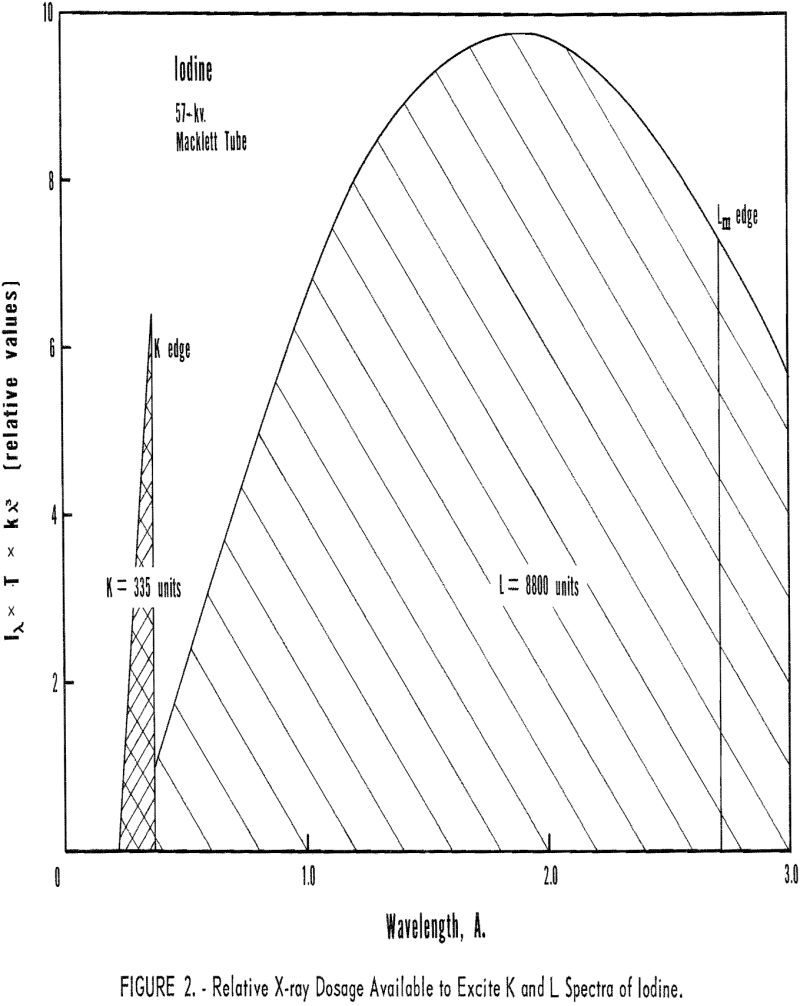
Until several years ago the fluorescent X-ray spectrographer was limited to the K series for elements of atomic numbers 22-60 and to the L series for higher atomic number elements. Upon commercial development of the flow-proportional counter used in conjunction with a pulse-height analyzer and a helium path, the author investigated the longer wavelength radiation […]
How to Make Rare Earth Chloride
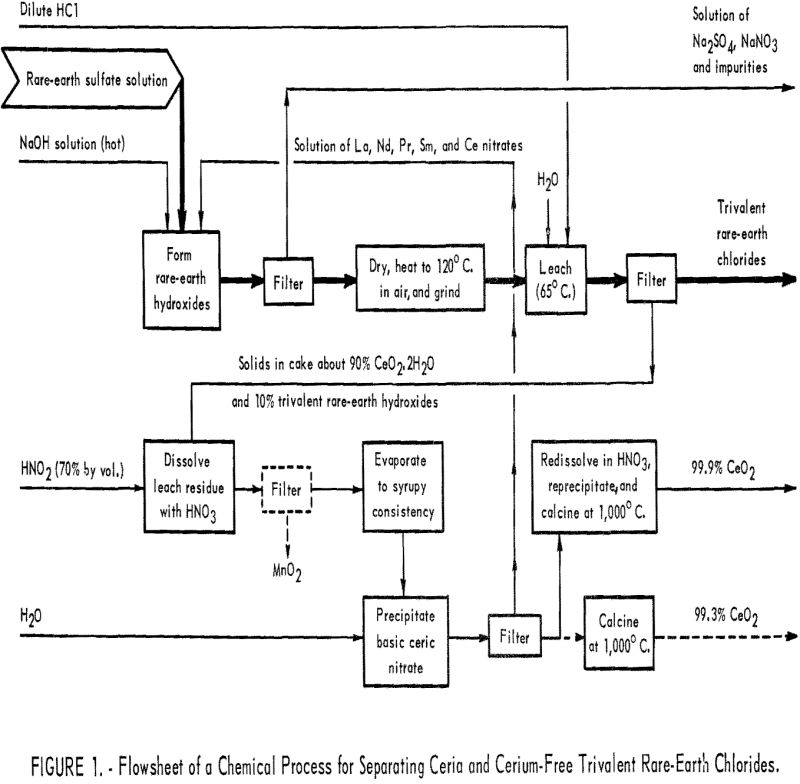
A major overall objective of the Bureau’s research program on rare-earth elements is to make ultrapure individual rare-earth metals and compounds and to determine some of their properties—properties that are not yet known or not well defined. Recognition and definition of characteristics of a rare-earth element will create new interest in it and eventually lead […]
Rare Earth Spectrometer
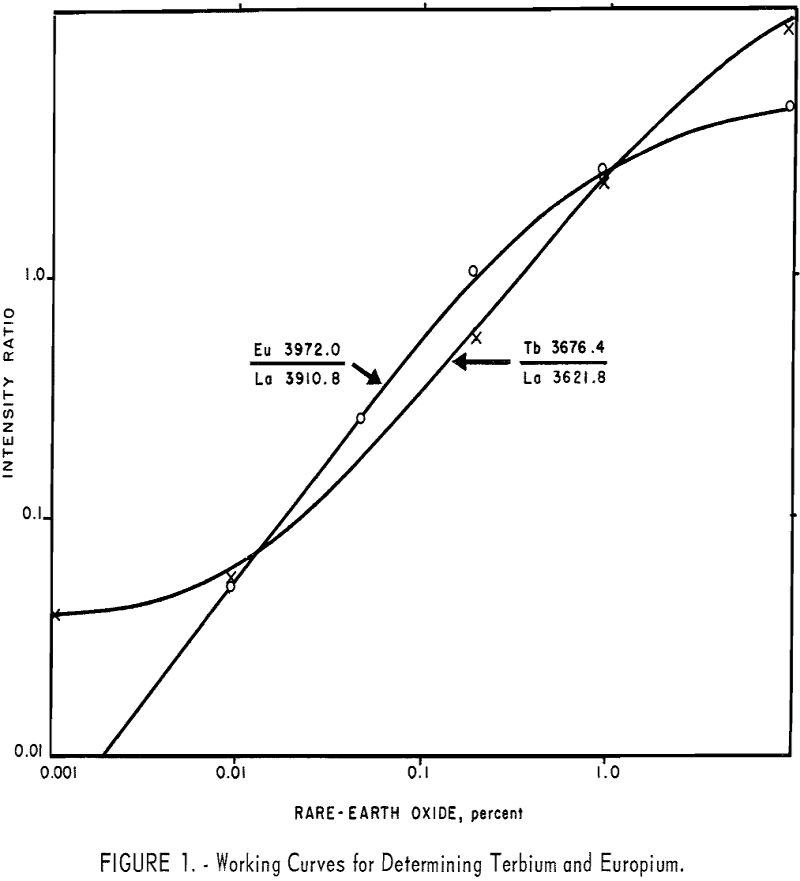
Interest in the separation, purification, reduction, and metallurgy of the various lanthanide rare-earth elements has necessitated developing sensitive and flexible instrument-analysis techniques . The widely accepted analytical application of the spectrograph in many phases of metallurgy suggested its use in the analysis of complex rare-earth elements. Moreover, by using an optimum internal standard and a […]
Separating Rare Earth Elements
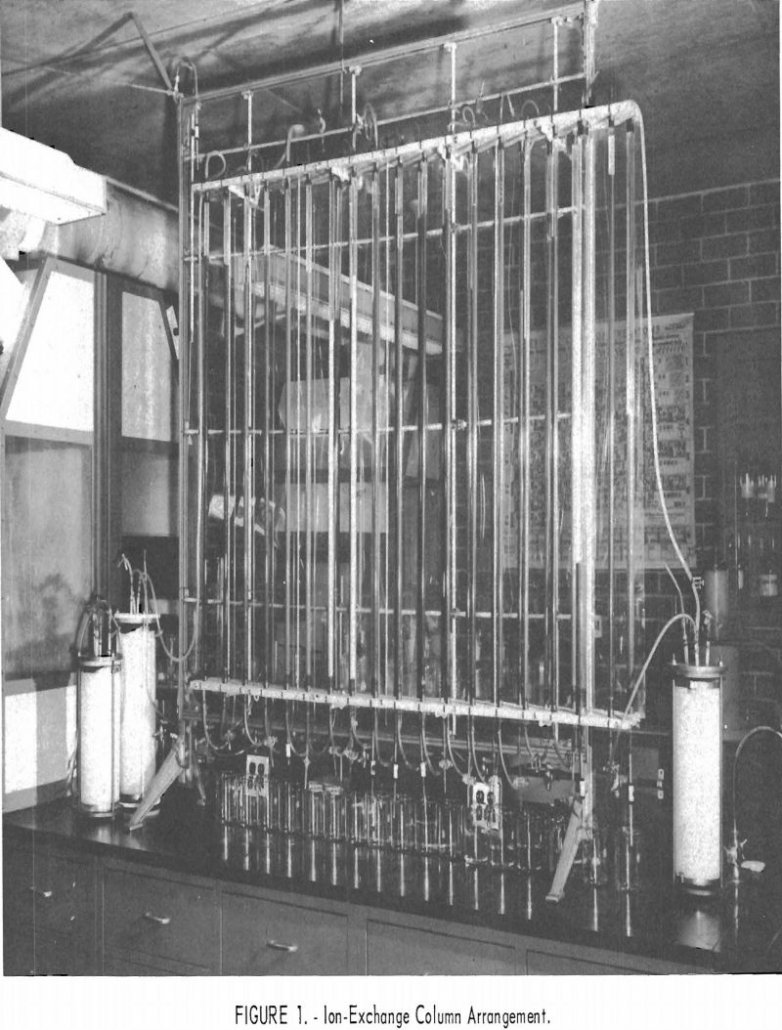
Bastnasite rare earths are now being utilized to a limited extent as a source of rare-earth materials used in the steel industry; but advances in the technology of separating the rare-earth elements from each other will make the individual elements available in adequate supply for engineering evaluation and ultimate utilization. The Federal Bureau of Mines […]
Mine Shaft Sinking
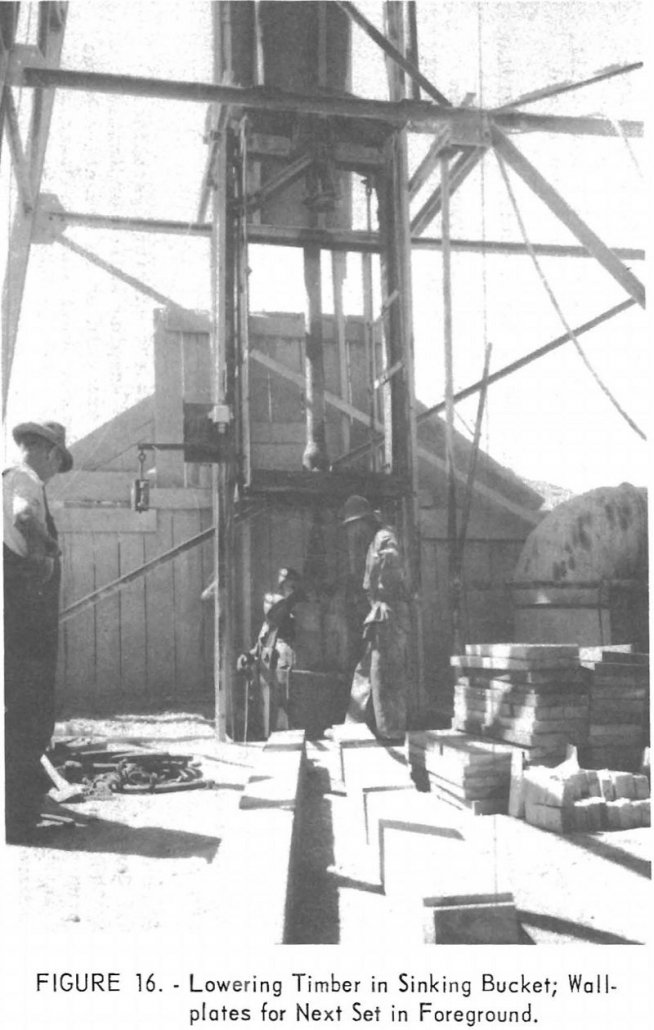
This paper is one of a series prepared by the Bureau of Mines on shaft sinking methods and costs in various districts throughout the United States. The Burgin shaft was sunk as part of the exploratory program of the East Tintic project of Bear Creek Mining Co. The Tintic district is in Utah and Juab […]
Recover Magnesium and Cadmium by Vacuum Distillation
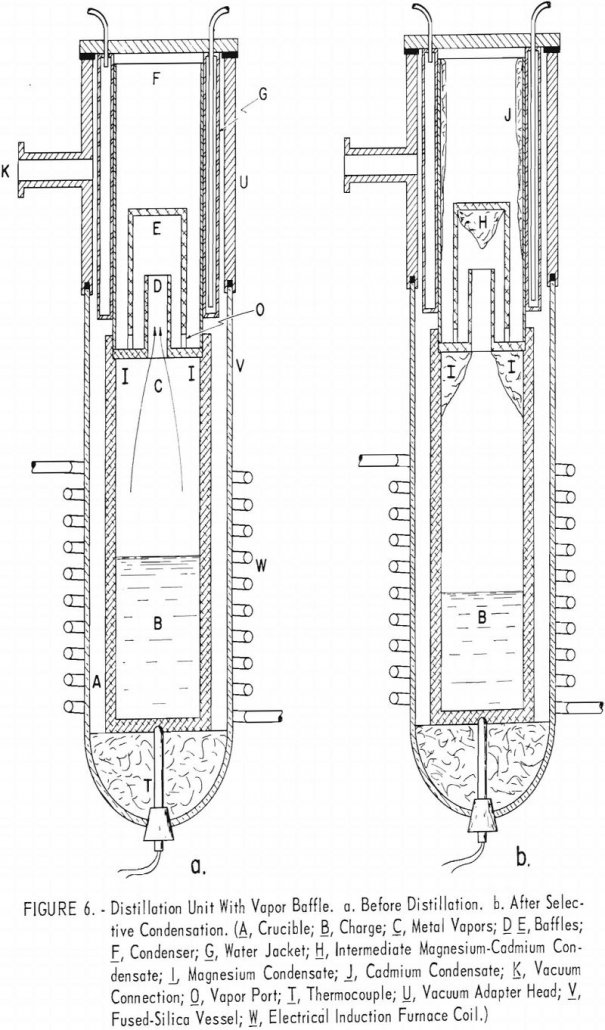
Vacuum distillation tests on a magnesium alloy containing 20 percent cadmium indicated that it would not be practicable to separate the two metals by selective vaporization of cadmium. A partial separation into products containing +90 percent cadmium and +90 percent magnesium, respectively, was effected by fractional distillation on a series of baffle plates between the […]
Bauxitic Kaolins Properties
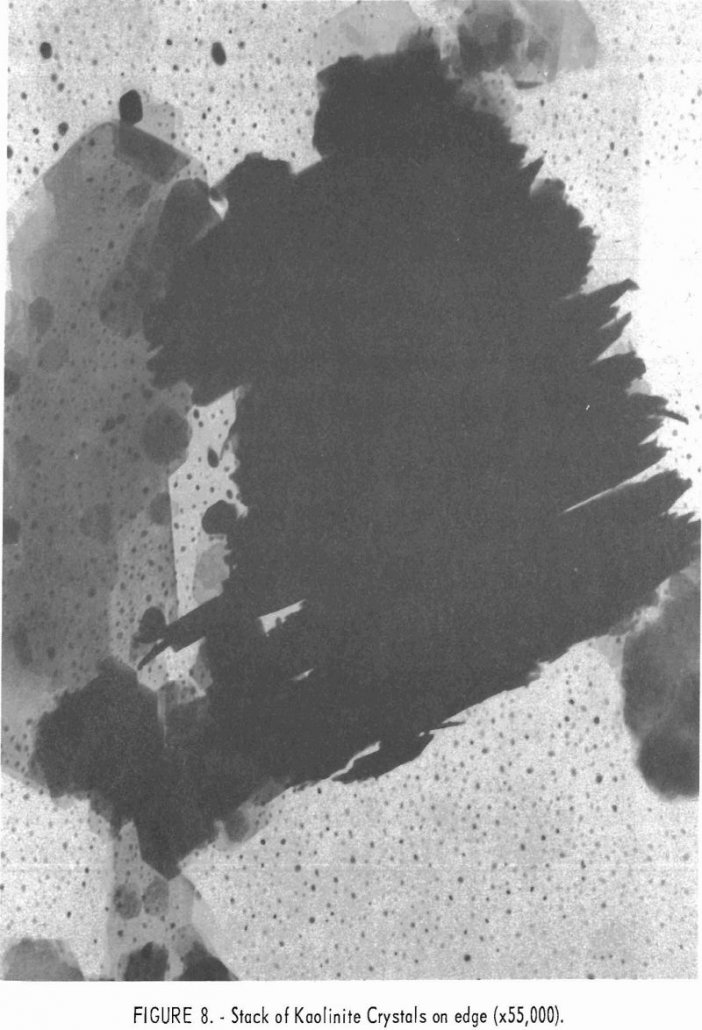
Although there are many potential ceramic uses for kaolinitic materials of the type occurring in the Eufaula district, this investigation has been limited to a study of their refractory properties. Sampling was restricted to deposits uncovered by bauxite-mining operations, and no effort was made to determine continuity of clay strata from pit to pit. Rather, […]
